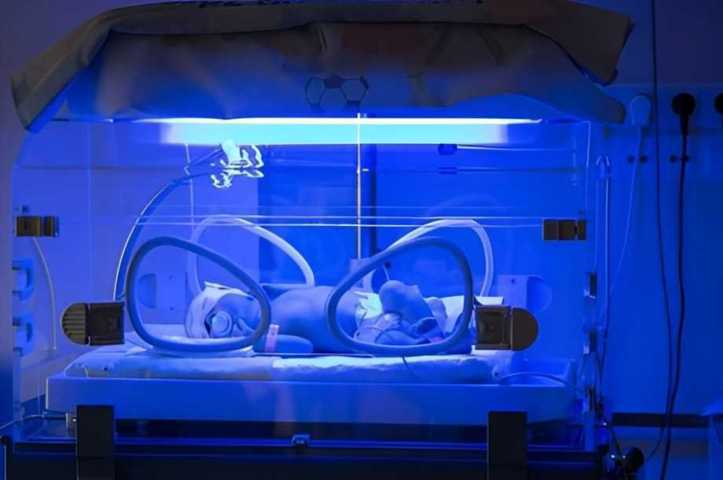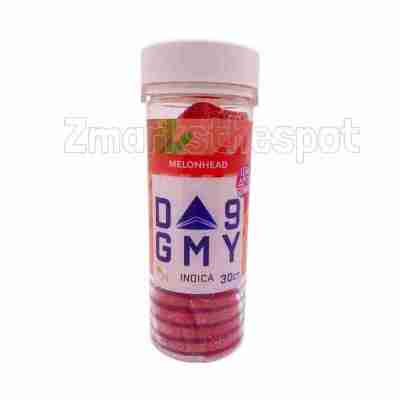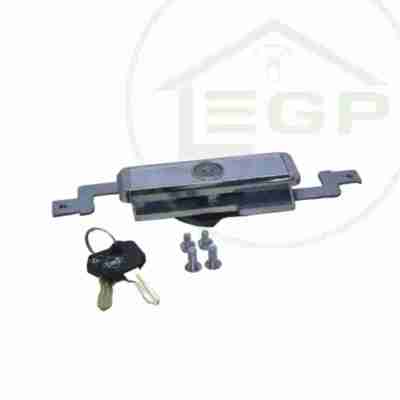The most prominent indication of infant jaundice typically occurs between the 2nd and 4th day after the birth. To detect jaundice in infants you can gently press the baby's nose or forehead. If the skin appears like it's turning yellow you, it's likely that your child is suffering from mild jaundice. If your baby isn't suffering from jaundice, his skin color will appear a little less than its usual color for a brief moment. Take a look at your baby's face under good lighting conditions most preferably in natural light.
When should you see the doctor: Many hospitals follow a protocol of checking babies for jaundice prior to the time they are discharged. It is recommended that the American Academy of Pediatrics recommends that infants are checked for jaundice at regular medical examinations and at minimum every 8-12 hours during their stay in hospitals. The baby should be examined in the period between third and 7th days after birth, as the levels of bilirubin are typically at their highest. If your baby's discharge occurs before 72 hours following birth, schedule a follow-up appointment to examine for signs of Neonatal Jaundice within 2 days after the discharge. The signs or symptoms listed below may be indicative of severe jaundice, or other complications due to excessive bilirubin.
Contact your doctor If your baby's skin is becoming more yellow and the skin on the abdomen of your baby or legs, arms, or torso is yellow and the whites of baby's eyes are like they're yellow, your baby appears unwell or irritable or has trouble getting get up. The baby isn't growing weight or eating well and your child is crying high pitched crying or shows other symptoms or signs that may be troubling.
visit site : https://wellnesshospitals.in/u....nderstanding-neonata






